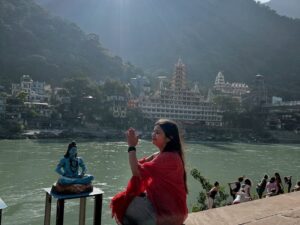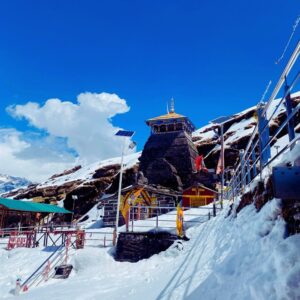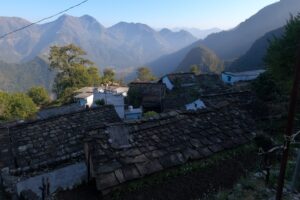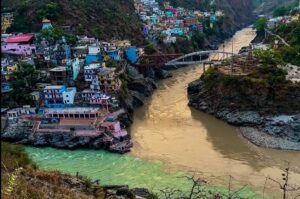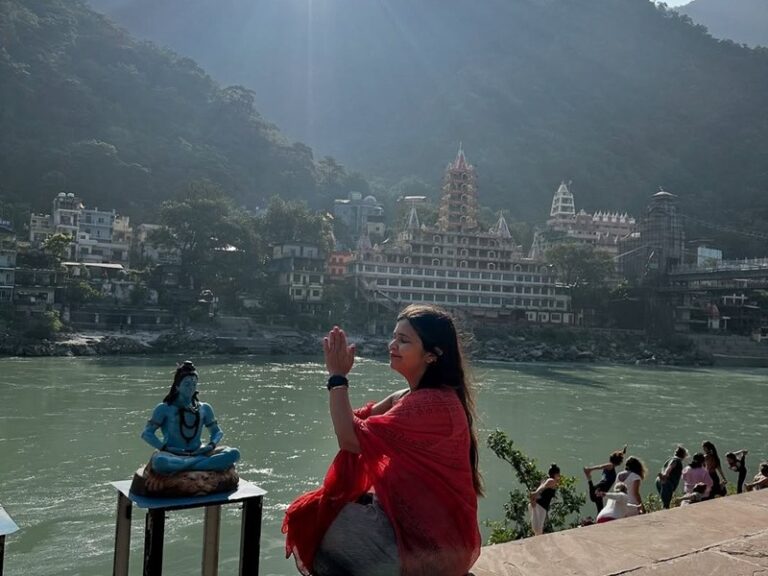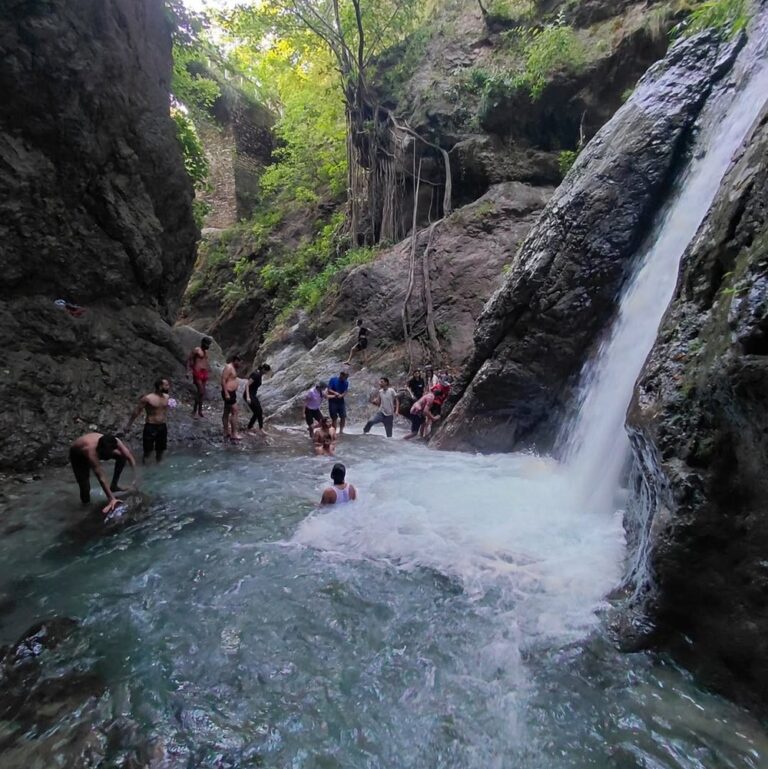Discover Burning Ghats Varanasi: Guide to Manikarnika Ghat India
Burning Ghats Varanasi : Varanasi is home to several iconic landmarks, sacred temples, and bustling ghats. Among these ghats, Manikarnika Ghat and Harischandra Ghat hold a unique place in Hindu tradition and cultural practices. These two ghats, known as the burning ghats, play a vital role in the ritual of cremation, symbolizing the eternal cycle of life and death.
Manikarnika Ghat: Burning Ghats Varanasi
Manikarnika Ghat, often called the “burning ghat,” is the main cremation site in Varanasi and one of the most significant spiritual locations in India.
Here, amidst the sacred banks of the Ganges, funeral pyres burn continuously, offering the deceased a final passage to moksha (liberation). The sight is deeply moving, with up to a dozen pyres burning at any given time, and bodies wrapped in cloth arriving in a steady stream, awaiting cremation.
If you’re expecting detailed photographs of these cremations, you won’t find them here. While it’s common to be curious about the rituals, photographing the cremation of a loved one is intrusive and disrespectful, so capturing such moments isn’t something I believe in. Instead, I aim to respect the privacy and sanctity of these final rites while sharing the essence of this sacred ghat.
In this blog, we will explore the significance, rituals, and profound spiritual experiences associated with the burning ghats Varanasi.
Suggested Read- Dashashwamedh Ghat Varanasi
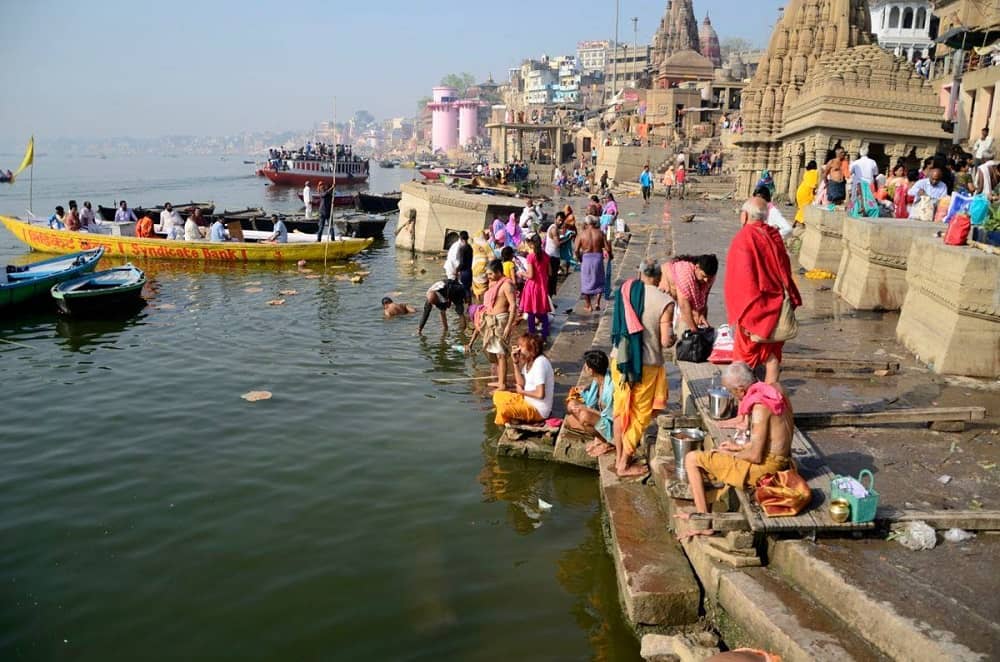
Manikarnika Ghat known as Burning Ghats Varanasi
Manikarnika Ghat, located in the heart of Varanasi, is the most prominent and revered cremation ground in the city. Hindus believes that Lord Shiva himself created this ghat. So it becomes one of the holiest places for Hindus to bid their loved ones farewell. The name “Manikarnika” derives from a legend that states that the earring of the goddess Sati fell at this very spot, now famous as Burning Ghat Varanasi.
Visitors to Manikarnika Ghat witness a variety of rituals and ceremonies. Families gather to perform last rites, meticulously following the prescribed customs and traditions. The process involves purifying the body, adorning it with flowers, and placing it on a pyre.
The eldest son or a male relative traditionally lights the funeral pyre, which is seen as a solemn duty. As the flames consume the mortal remains, prayers, and hymns fill the air, creating a poignant atmosphere charged with spirituality
Rituals at Burning Ghats Varanasi
The ghat remains active day and night, with the continuous burning of funeral pyres. According to Hindu tradition, cremation at Manikarnika Ghat is highly auspicious.
It grants surely Moksha (liberation from the cycle of rebirth) to the departed soul. The ghat is perpetually in the smoke and flames of pyres. And, it creates a surreal atmosphere that epitomizes the transient nature of human existence.
Manikarnika Ghat in Varanasi is not a place filled with sadness, but rather a sense of calm acceptance. Hindus from all over India come to Varanasi to die, as it is believed that death in Kashi brings moksha, or liberation from the cycle of rebirth. The atmosphere at the cremation ground is one of quiet reverence.
The deceased is carried through the narrow lanes of the Chauk district to the Ganges, where the body is dipped in the holy river before being placed on the funeral pyre.
Cremation Process
This sacred ritual at Manikarnika Ghat signifies the soul’s release and final journey toward spiritual freedom.
At Manikarnika Ghat in Varanasi, ghee (clarified butter) is smeared on the wood for the cremation, and in earlier times, it was even used to fill the body before burning. Sandalwood powder is sprinkled over the shrouded body, likely to help mask the smell of burning.
The eldest son, dressed in white, circles the deceased before lighting the pyre. Showing grief, such as crying or wailing, is considered bad luck for the departed soul.
As the pyre burns, heavy wood is placed on top of the body to prevent muscle contractions that could cause the body to sit up due to the heat. Bamboo sticks are used to break down the body during the cremation process, ensuring full decomposition in the fire.
After the body has been cremated, the eldest son performs a final ritual by throwing a clay pot of Ganga water over his shoulder, with his back to the pyre, to douse the remaining embers.
This symbolic act marks the end of the cremation process, after which the family walks away, completing the farewell to the departed.
Suggested Read – Varanasi Heritage Walk
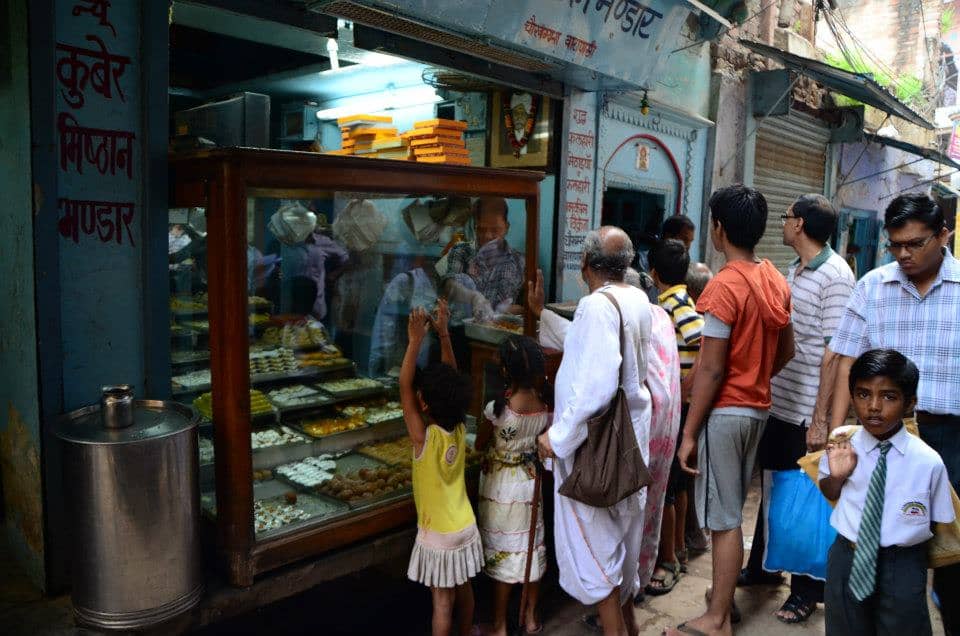
Harischandra Ghat: Burning Ghats Varanasi
Harischandra Ghat is another significant cremation ground in Varanasi. The name derived after the legendary King Harishchandra. He is popular in tradition for his unwavering commitment to truth and righteousness. The ghat is the place where King Harishchandra himself performed funeral rites and overcame numerous trials in his life.
Rituals: Harischandra Ghat ( Burning Ghats Varanasi )
Similar to Manikarnika Ghat, Harischandra Ghat witnesses a continuous flow of funeral pyres. It is considered a sacred duty for Hindus to bring their deceased loved ones to this ghat for cremation. The rituals performed at Harischandra Ghat are similar to those at Manikarnika Ghat, adhering to the age-old customs and practices that have been followed for centuries.

Importance: Burning Ghats Varanasi
The burning ghats of Varanasi hold immense spiritual significance for Hindus. Hindus believe that cremation at Manikarnika Ghat or Harischandra Ghat ensures the liberation of the soul from the cycle of rebirth, allowing it to merge with the divine.
These ghats are highly sacred, and many Hindus aspire to cremate here, believing that it will lead to spiritual emancipation.
Burning Harishchandra Ghat Varanasi : For tourists and visitors, the burning ghats offer a glimpse into the deeply rooted cultural and religious traditions of India. However, it is crucial to approach these places with respect and sensitivity, as they hold immense emotional and religious significance for the local community.
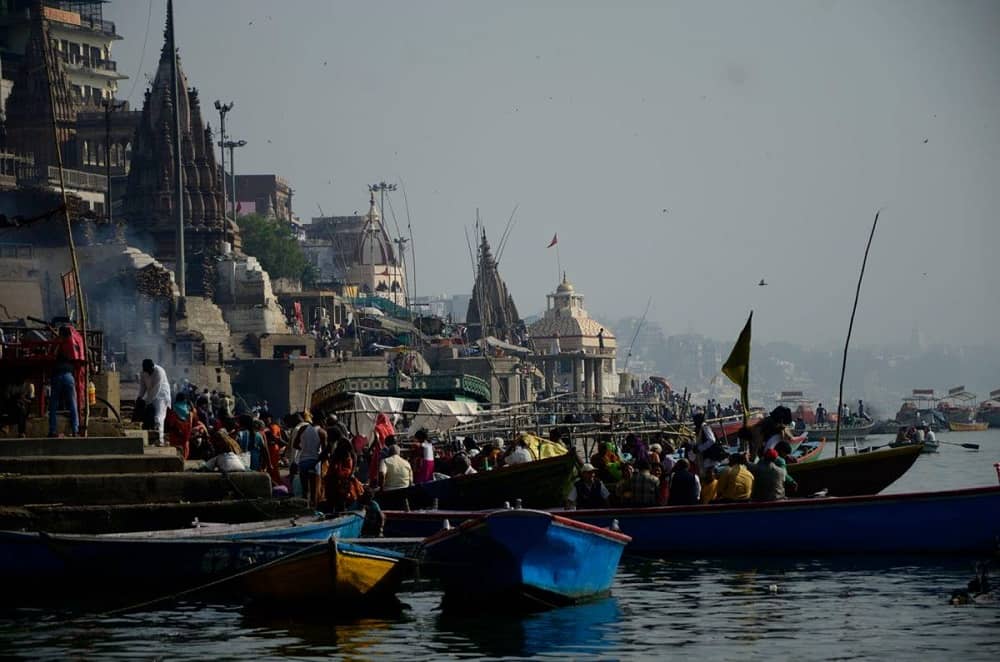
Conclusion:
Burning Ghats Varanasi are Manikarnika Ghat and Harischandra Ghat stand as poignant reminders of the eternal cycle of life and death, serving as a profound symbol of the impermanence of existence. These sacred sites in Varanasi witness the continuous ritual of cremation, where families bid farewell to their loved ones, guided by ancient customs and beliefs.
Burning Ghats Varanasi Burning Ghats Varanasi Burning Ghats Varanasi Burning Ghats Varanasi Burning Ghats Varanasi


